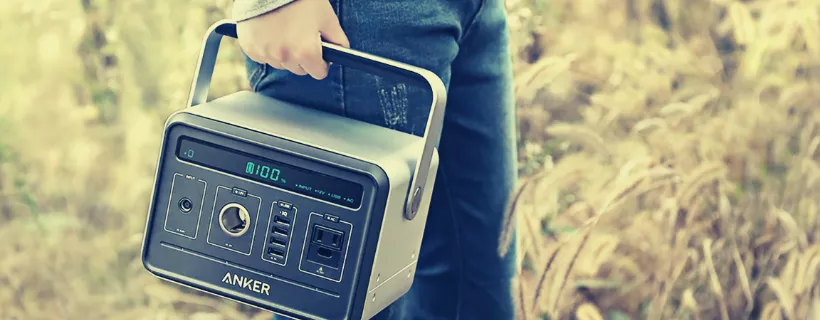Staircase Accidents – Happing Everywhere
Stumbling on the stairs happens frequently in households and businesses across the world and mostly, these crashes have kind effects. However, going down a flight of steps might result in fatalities or very serious injuries.
Although falling is always dangerous, falling downstairs can be especially traumatic. It is challenging for people to immediately regulate their bodies or hold anything fixed when they tumble forward down a flight of steps. Due to this, these falls may cause severe injury.
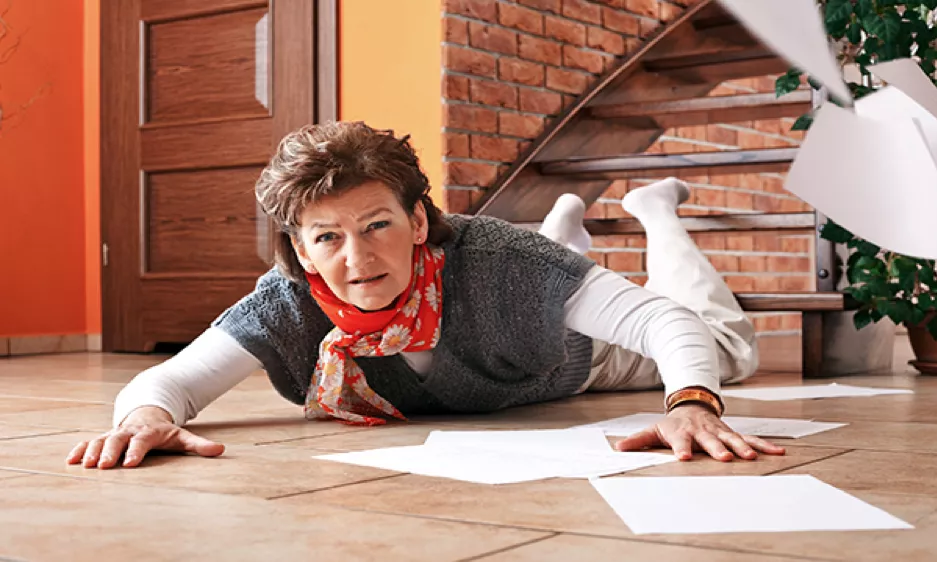
Most victims have a difficult time recovering or may possibly experience permanent disability due to the potential severity of the injuries. As a result, specific building rules and regulations have been put in place that control stair height and mandate regular maintenance of the railings of the stairs and the surfaces of every step.
People who have tripped, slipped, or fallen and sustained injuries on stairs may wonder whether the owner of the premises, whether a company or a private person, is liable for any damages they have suffered. There are several circumstances that must be considered, just like in all other fall and slip cases to hold a property owner liable for the victim’s injuries in court.
For the property owner to be held accountable, one of the following conditions must be proven:
- The owner of the property or any of her/his workers have caused the said unsafe condition.
- The building owner or any of her/his workers already knew about the faulty condition but kept mum or did nothing to repair it.
- The owner of the property or any of her/his workers should be aware of the risk but did nothing to take action to repair or remove it.
If individuals are harmed by a stair fall, there are a few certain considerations that can be brought into the picture like:
- Is the wood or carpet worn out on any of the stair parts that the person stepped on?
- Are the stairs rightly constructed and maintained so the surface avoids slipping or skidding if exposed to the environment? Stairs must be constructed in such a manner as to avert the water collection.
- Are the railings installed? And are they well-maintained?
- Building codes stipulate maximum and minimum width and height requirements for every stair. If the stairs don’t meet these needs, they are substandard, which could have a big impact on any stair-related injuries.
Additionally, the insurance provider or court will almost always take an individual’s negligence into account in trip, slip, and fall cases. The “comparative negligence” criteria allow people to assess their own negligence or reasonableness in acting as they did in the moments leading up to the accident.
Some of the Common Causes of Stair Falls
Many factors can lead to stairway falls. An owner of real estate is accountable for the upkeep and inspection of their buildings. They might frequently ignore the following fall-related causes and staircases.
Lack of Lights
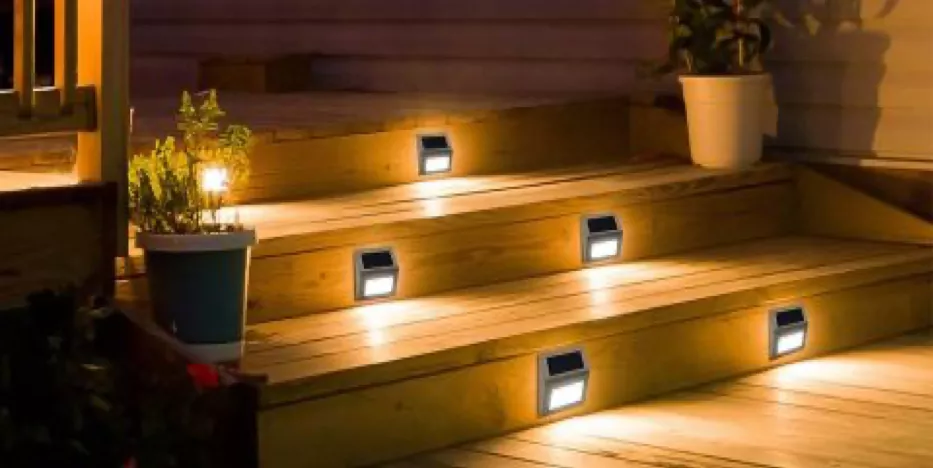
Without lighting, stairs are already challenging to use and become riskier. A staircase must have adequate illumination to illuminate each tread and riser.
Missing or Broken Handrails
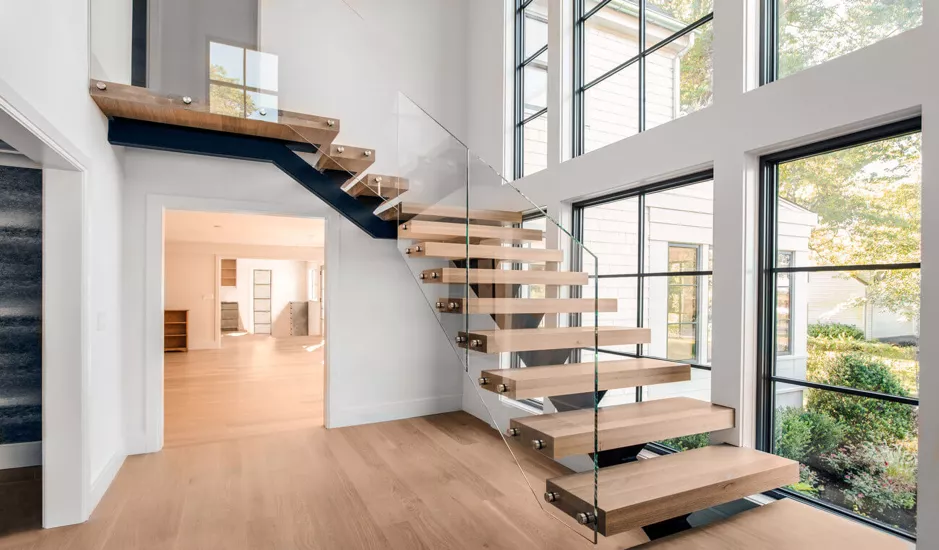
There is a good reason why most staircases must have handrails. As they come down steep staircases, they assist people in maintaining their balance. A fall can easily occur due to damaged or a missing handrail.
Icy, Wet, or Slippery Steps
Any surface that is slippery is risky, but a slippery stair is mainly bothersome. When the surface of the steps has been altered by ice or water, a person can simply slide down the entire staircase. This is a typical issue with outdoor steps. An interior flight of steps may become slippery as a result of wax and floor polish.
Damaged or Broken Steps
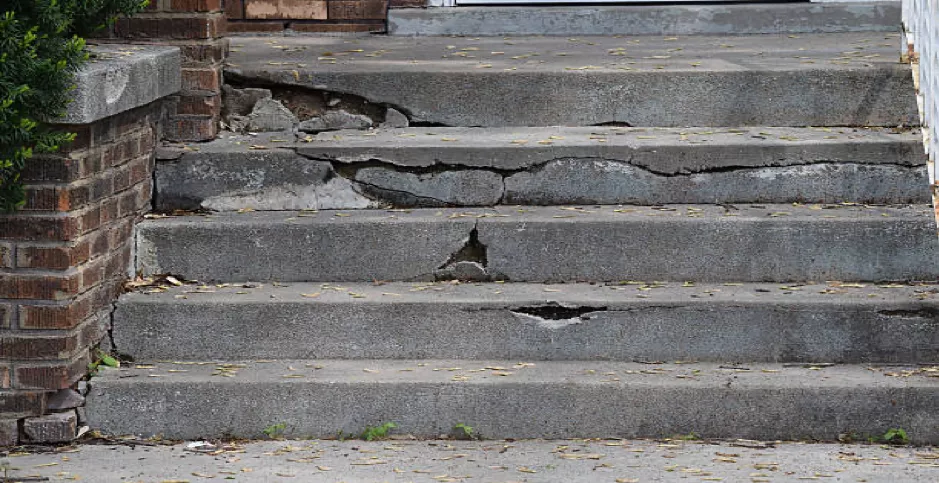
The stairs hold numerous steps. The area that feet walk on is called the tread. The vertical element separating steps is known as a riser. Handrails, guardrails, and other components are next. The stairs are dangerous since any one of them could be broken or become shaky.
Uneven Steps
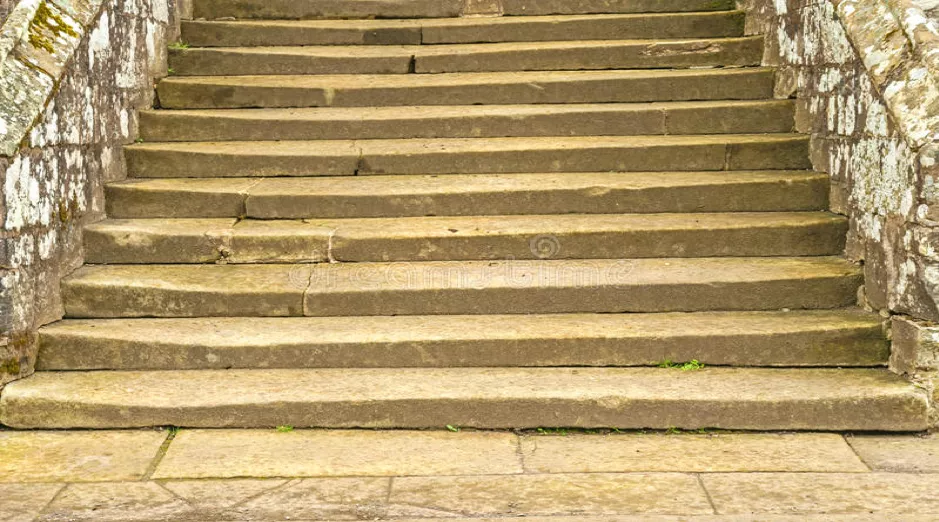
Some stairways have uneven construction from the beginning or may become uneven with time and use. People using the stairs may understep or overstep, which could lead to a catastrophic fall, since they are not expecting a different height.
Obstacles
Steps may accumulate debris, boxes, wires, and other things, making it challenging for people to use them safely.
Frayed or Torn Carpeting
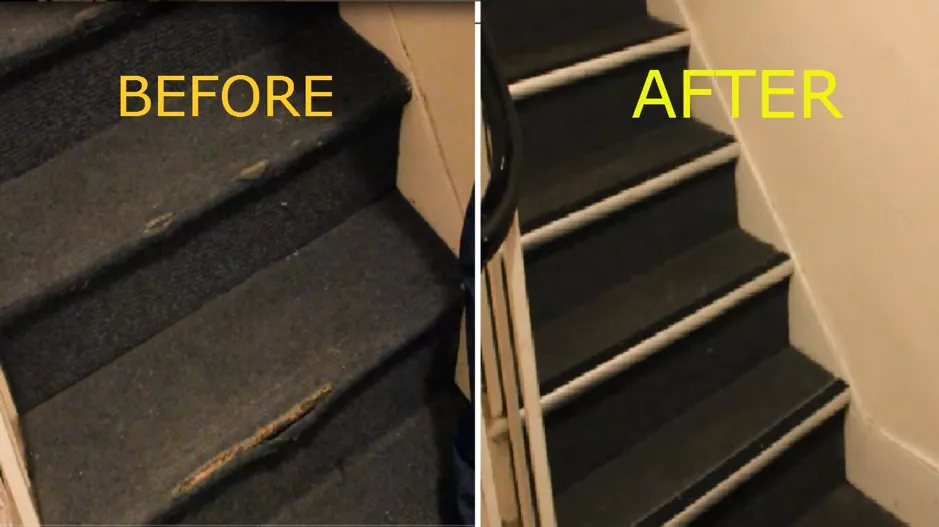
Steps covered in the carpet are prone to tears, rips, and other issues that could easily lead to falls if someone trips over them. Most people or homeowners may try using a vinyl protector or rug to cover worn-out carpeting. These can also be hazardous for anyone who walks on them.
Worn Treads
With frequent use, the step tread—the surface people step on—can get worn. A worn tread may be slick and hazardous. It can also become challenging to tell where a step finishes due to worn nosing, a material that defines the step edge.
Bad Construction
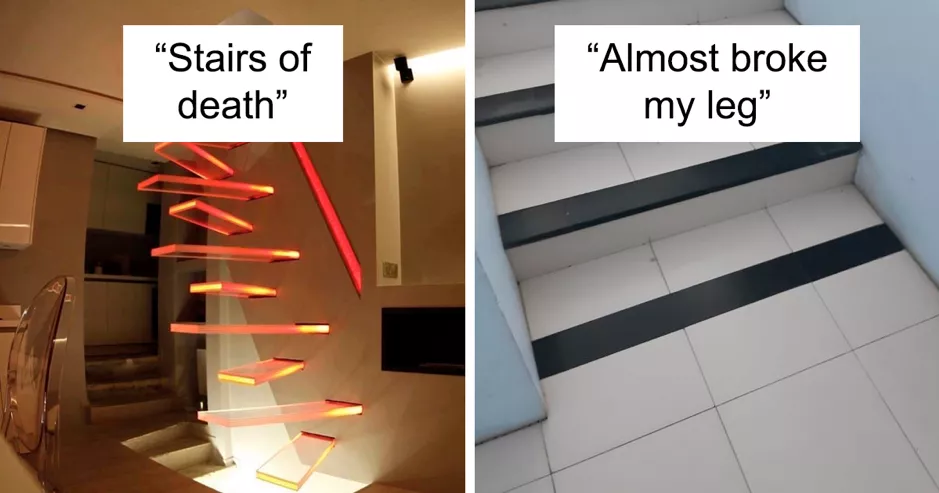
In some cases, a stairwell may simply be built incorrectly from the start. It’s possible that improper materials, like inexpensive metal or timber that rusts and degrades quickly, were used. The strength with which the risers, steps, railings, and other components were put together could also be the issue.
The Handrails
For specific kinds of staircases, many building codes mandate railings. The owner may be responsible for the victim’s injuries if the absence of a railing contributed to his fall. In addition, most construction rules demand that railings be built appropriately and at a specific height or width.
Inappropriate Stair Depth or Height
If the tread holds an overhang on it, the run, or tread, must be at least 10 inches long. The tread of stairs without an overhang must be minimum of 11 inches wide. When a stair is defective and people fall, they must still demonstrate how the flaw led to their fall. In this case, a breach of the building code should suffice.
Irregular Stair Height or Depth
Building codes specify the permissible variations between steps in terms of their depth or height. This is crucial since when people climb or get down the steps, their body automatically moves their legs the same distance the following time as it remembers how far they went the step before. People may lose their balance on irregular steps, even if there is the slightest difference.
Determining if a Fall-Down Stair is Severe?
It could be challenging to tell if a person who falls downstairs has a serious injury that demands a trip to the hospital. Injuries from falls can be assessed for seriousness by searching for the following symptoms:
- Back discomfort that intensifies or persists over a period of days or weeks
- Vision gets blurry
- Regular headaches for smaller intervals or last for several days may indicate a concussion.
- Swelling in the injured body parts
- Increased receptivity to stimuli like loudness or light
- Constant weakness of muscle
- Anywhere body part that is hurting without relief from painkillers
- Having numbness in the groin, extremities, or private parts
The Bottomline
The risk of falling exists everywhere, including on stairs. Take care while coming down the stairs. When someone stumbles on the stairs, discreetly back away from the broken steps. Take note of the damaged stair as proof. It could be important evidence to show the source of the injury, even if there is one step missing on the steps. Seek medical care right away since even simple injuries from stairway falls can have devastating consequences.


